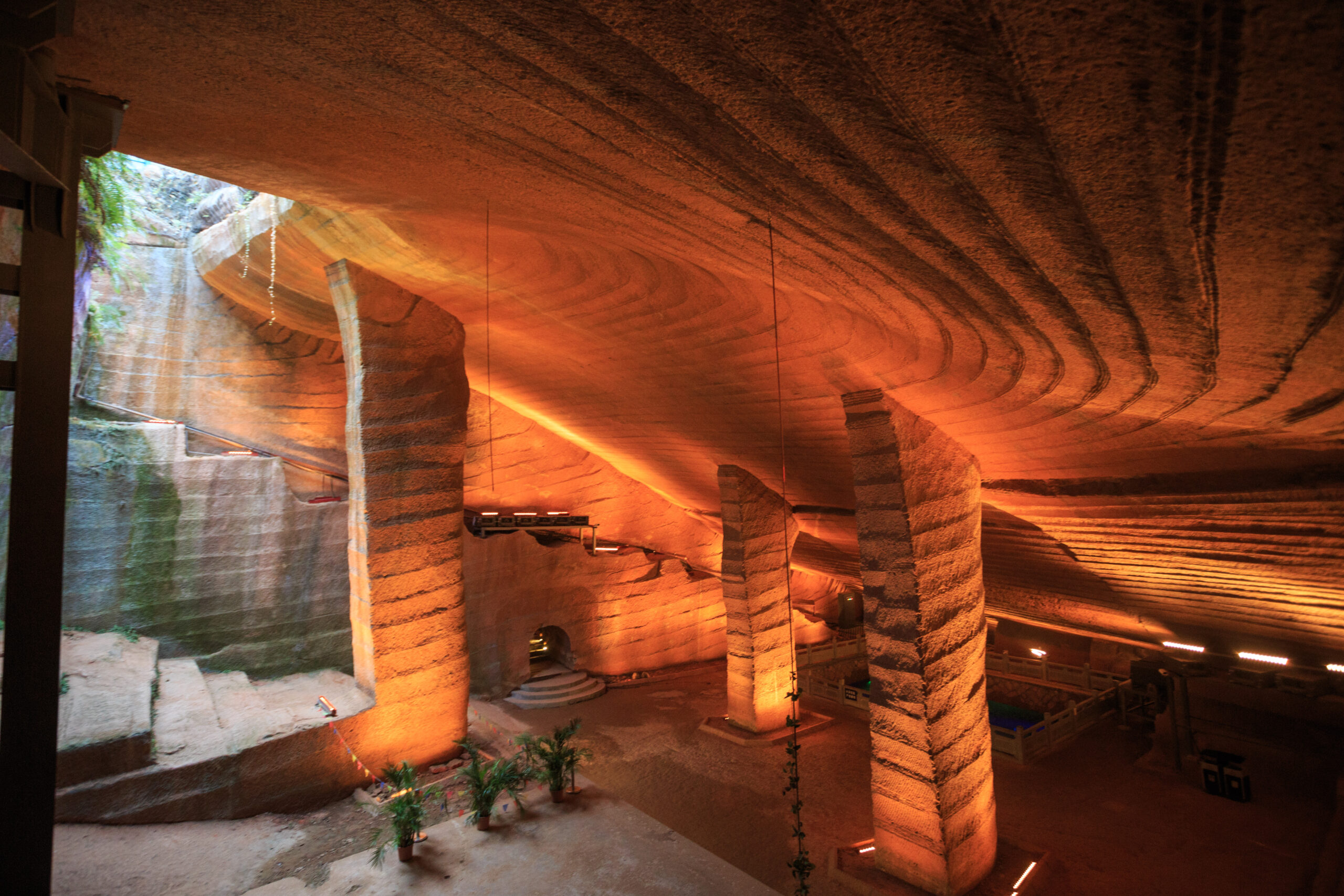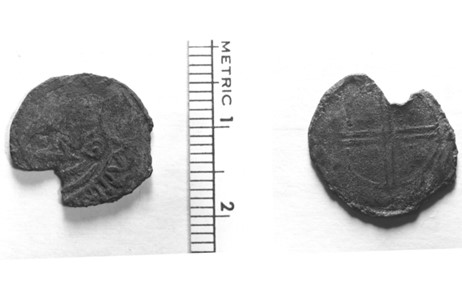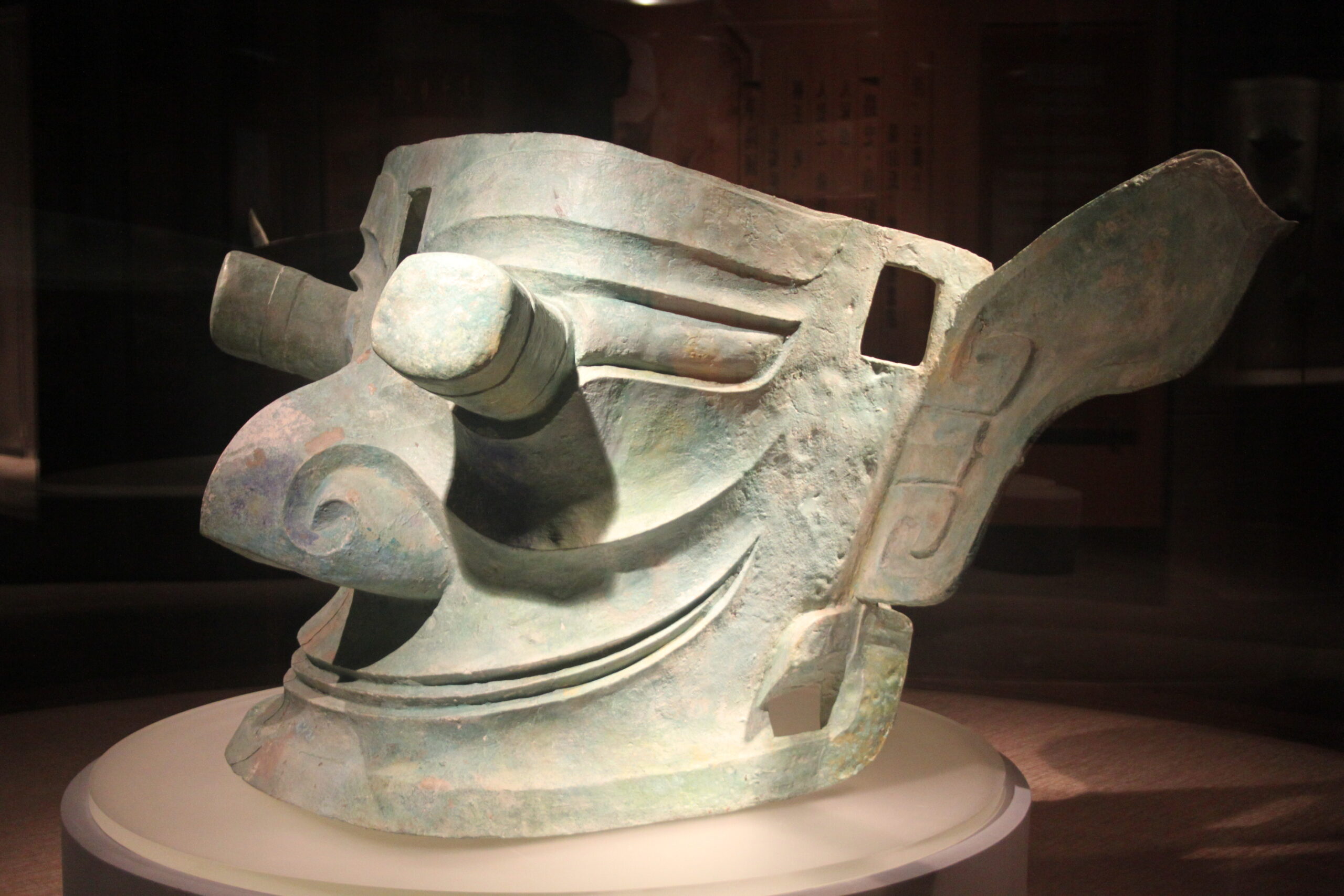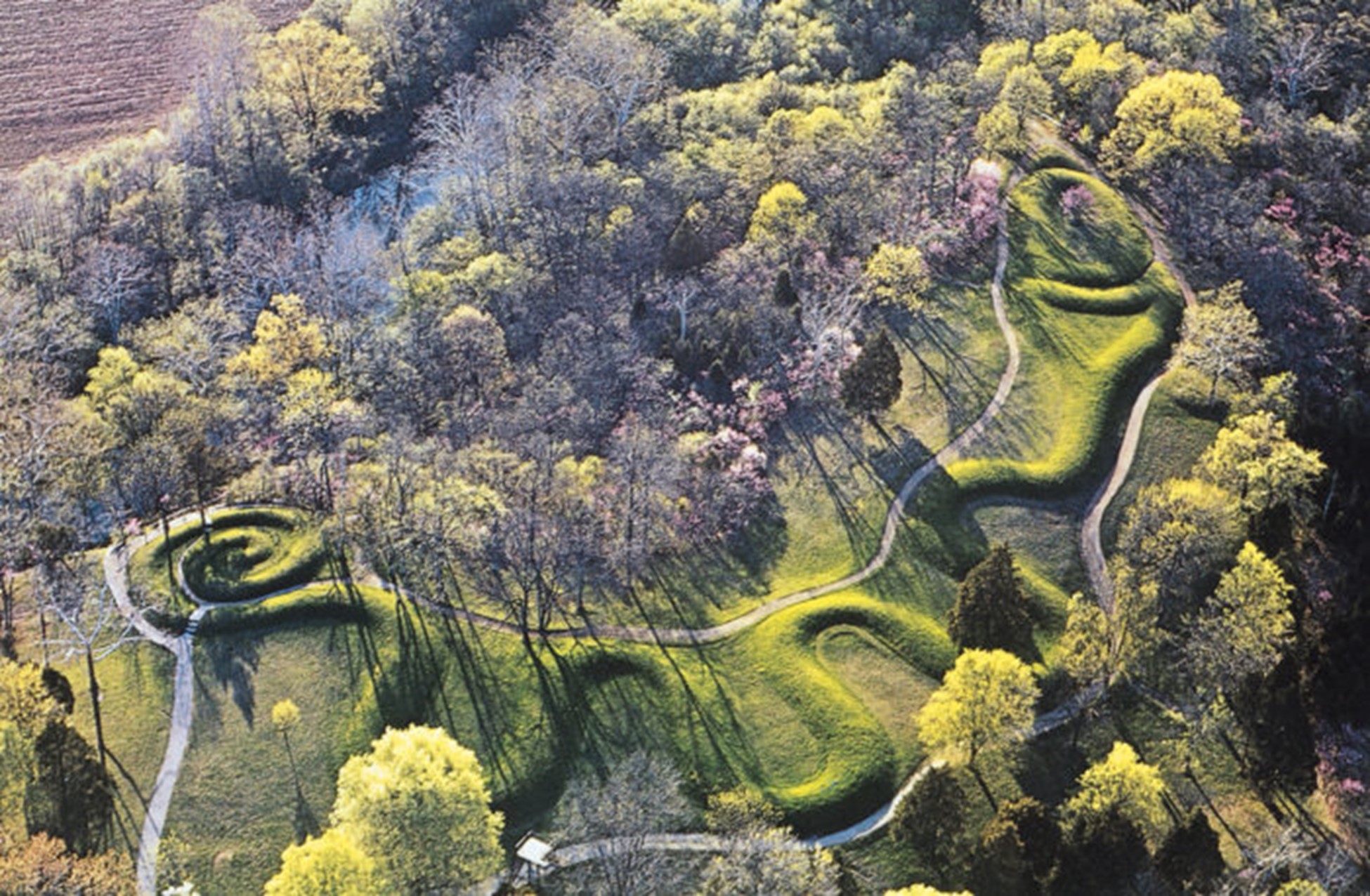
The Paracas Candelabra ranks among Earth’s notable geoglyphs, carved into a sandy slope above Peru’s Pisco Bay. This 600-foot figure overlooks the Paracas Peninsula with three upright arms and remains visible 12 miles offshore. Pottery nearby dates it to around 200 BC, connecting it to an early coastal group. Yet its role, possibly a navigation tool or cultural sign, stays unclear despite centuries of study.
A Coastal Mark Uncovered
The Paracas Candelabra rests on a hillside facing the Pacific, etched into reddish sand and rock along Peru’s shore. Although noticed by outsiders in the 1800s, it gained attention in 1939 when pilot Robert Shippee photographed it from above, revealing its full scale. Stretching 595 feet tall and 240 feet wide at its arms, it overshadows most human-made marks. The lines, dug two feet deep with stone edges, resist wind wear because of skilled design.
Its preservation stems from the area’s dry conditions, averaging less than an inch of rain each year, and its position above the tide keeps wave damage at bay. Early sailors spotted it from the sea as a clear outline against the cliffs, suggesting intent behind its visibility. Still, no firm answer about its purpose emerges, though the three-armed shape stands as the main clue.
Traces of an Early Culture

The geoglyph aligns with the Paracas culture, which thrived on this coast from 800 to 100 BC. Pottery shards dated to 200 BC, found near the site, reflect their work with curved, painted jars. These people farmed fog-moistened soil while fishing abundant waters, and the Paracas Candelabra could be their creation, left as their influence faded.
They also excelled in other crafts, weaving textiles with bold red and yellow patterns and burying their dead in layered bundles preserved by arid soil. Some suggest the geoglyph relates to these practices, perhaps honoring a deity like Viracocha from Andean lore, yet no burial sites or ritual clues appear nearby. That absence leaves its intent open to guesswork.
Guide or Symbol?
Its purpose prompts several ideas, including use as a coastal marker. Ships might have relied on the Paracas Candelabra because its lines signal a route or fishing area from 12 miles out, indicating wind patterns or safe waters with its arms. Such a practical role fits a seafaring group’s needs.
Another view favors a cultural meaning since the three arms resemble a trident, a shape later tied to Viracocha and possibly a mark for rain or prosperity. A different take points to jimson weed, a local plant with spiked leaves, suggesting a link to its use, or traders might have marked it as a waypoint. Each idea holds merit without solid proof.
Built to Last
The geoglyph’s construction shows clear effort, with two-foot trenches spanning sand and rock, likely taking weeks to complete. Stones line the cuts to hold the form against erosion, balancing three arms—the middle straight, the sides angled—across 600 feet of slope. Workers hauled tools uphill in harsh heat, reflecting a task that required planning.
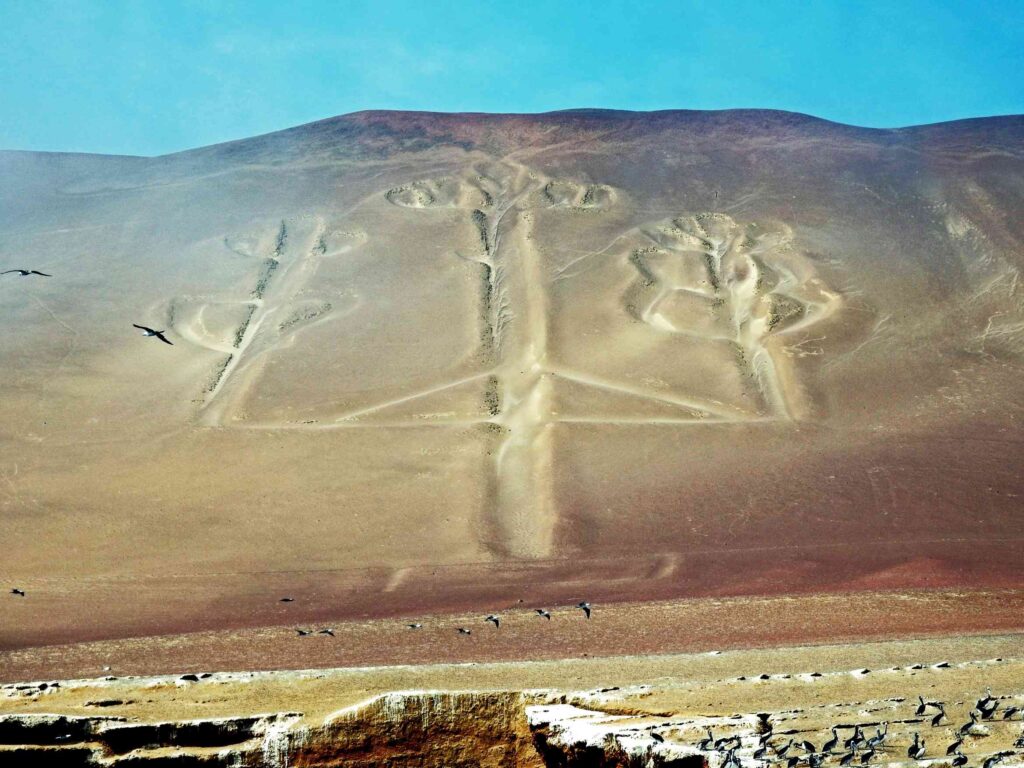
The hillside’s slant aids durability by shedding rare rain, setting it apart from the broader Nazca Lines nearby. Thus, the Paracas Candelabra stands compact and prominent, built to endure coastal wind and salt. That care implies a goal meant to last beyond a passing mark.
A Steady Presence
The Paracas Candelabra remains a point of interest today as visitors sail from Paracas town to view its weathered cuts against the cliff. Researchers examine it too, debating ties to Nazca or its unique nature, while Peru protects it as a heritage site, limiting hill access but allowing sea views. Studies began with Max Uhle in 1905, fueling ongoing discussion.
Locals recall tales of Viracocha’s staff or fishing luck, and tourists see an ancient relic, its form appearing in regional art as a nod to Peru’s past. So, the geoglyph’s appeal persists calmly, drawing interest across centuries without fanfare.
Unresolved Issues
Its mystery endures because the Paracas left no written records. Did it guide boats, honor a god, or signal trade? The 200 BC date holds firm, yet pottery offers no clear tie, and earthquakes or storms spared it enough to keep its shape intact. Some question if its arms track stars or seasons—an idea lost to time perhaps.
Now, it overlooks Pisco Bay as a firm outline on a dry hill, and the Paracas Candelabra holds its place without revealing intent. After 2,000 years, it remains a coastal puzzle with a story locked in silence.


